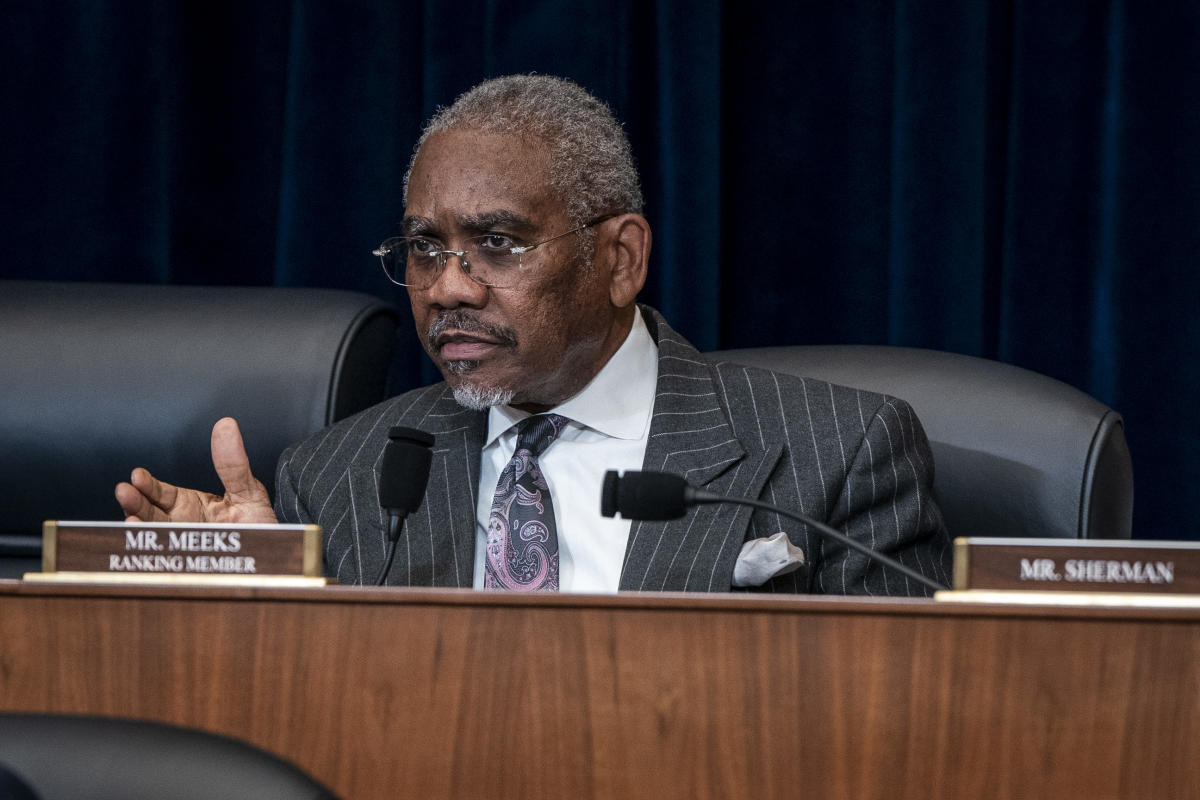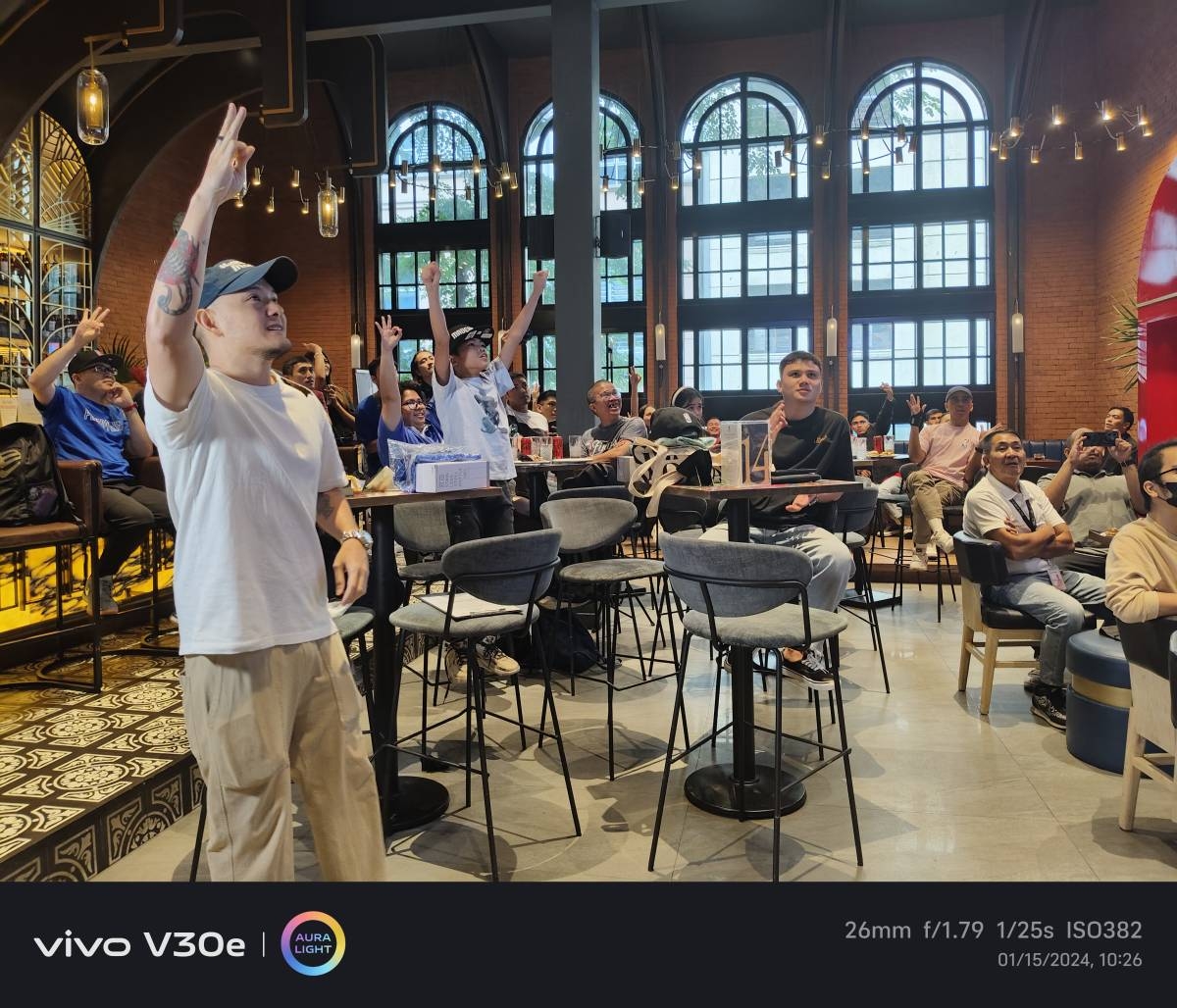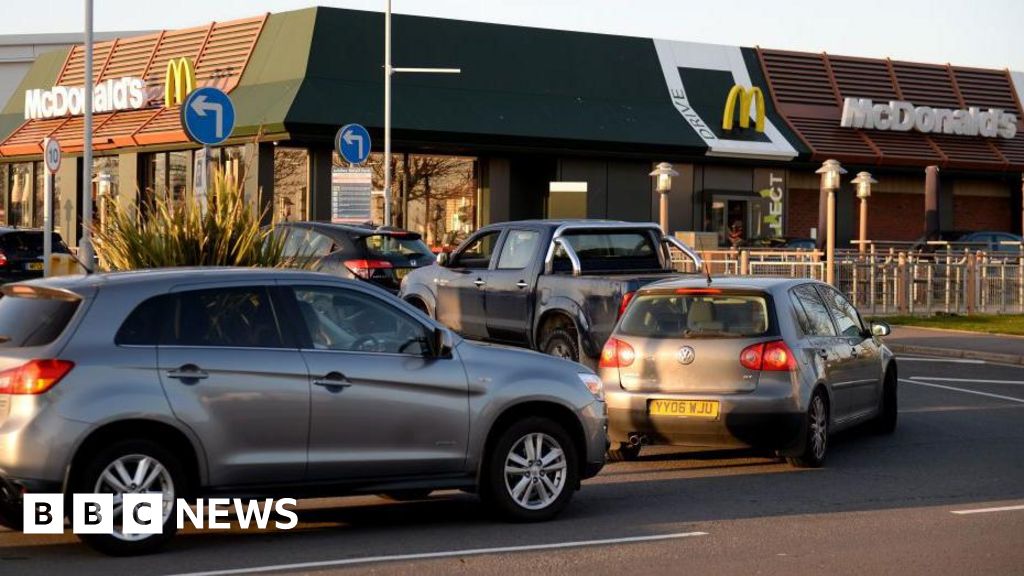Sign up for CNN’s Wonder Theory science newsletter. Explore the universe with news on fascinating discoveries, scientific advancements and more.
The third attempt was the charm for Boeing’s Starliner mission after launching its first crewed flight test Wednesday in a milestone that has been a decade in the making.
The new spacecraft’s highly anticipated voyage with humans on board lifted off atop an Atlas V rocket at 10:52 a.m. ET from Cape Canaveral Space Force Station in Florida.
Veteran NASA astronauts Butch Wilmore and Suni Williams are riding aboard the Starliner capsule on a journey that takes them to the International Space Station.
Weather conditions were 90% favorable for a Wednesday morning launch, with the only concern being cumulus clouds, according to the US Space Force’s 45th Weather Squadron.
The mission, known as the Crew Flight Test, is the culmination of Boeing’s efforts to develop a spacecraft to rival SpaceX’s Crew Dragon capsule and expand the United States’ options for ferrying astronauts to the space station under NASA’s Commercial Crew Program. The federal agency’s initiative aims to foster collaboration with private industry partners.
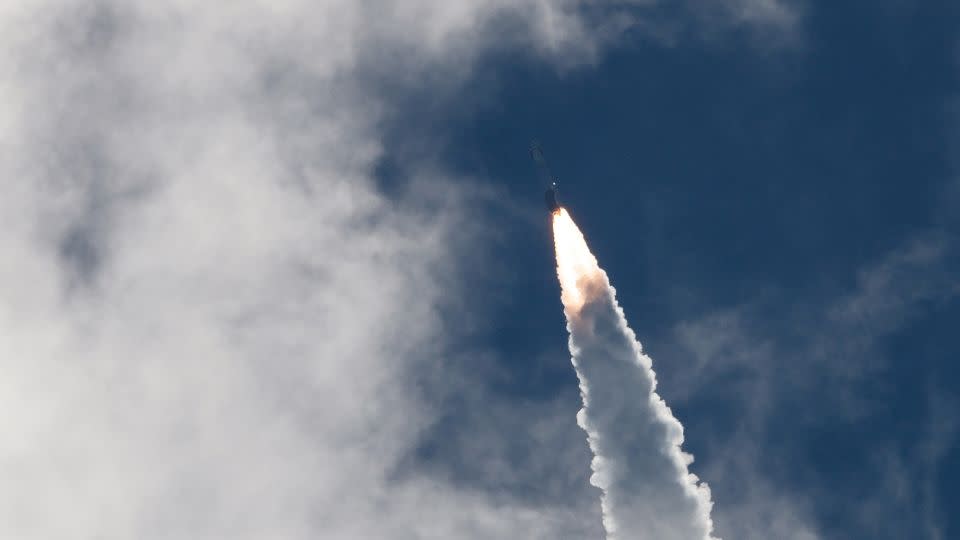
The flight marks only the sixth inaugural journey of a crewed spacecraft in US history, NASA Administrator Bill Nelson noted in a May news conference.
“It started with Mercury, then with Gemini, then with Apollo, the space shuttle, then (SpaceX’s) Dragon — and now Starliner,” Nelson said.
Williams also made history as the first woman to fly aboard such a mission.
Historic flight has lofty goals
“This is another milestone in this extraordinary history of NASA,” Nelson said Wednesday after the launch. “And I want to give my personal congratulations to the whole team that went through a lot of trial and tribulation. But they had perseverance and that’s what we do at NASA. We don’t launch until it’s right.”
The astronauts will spend just over 24 hours traveling to the space station.
After docking around 12:15 p.m. ET Thursday, Williams and Wilmore are set to spend eight days living in the orbiting laboratory, joining the seven astronauts and cosmonauts already on board.
Aboard Starliner is a crucial pump needed to fix the space station’s urine processor assembly, which failed on May 29.
“That urine processor takes all of the crew’s urine and processes it in the first step of a water recovery system,” said Dana Weigel, manager for NASA’s International Space Station Program. “It then sends it downstream to a water processor which turns it into drinking water. The station’s really designed to be a closed loop.”
Now, the urine has to be stored onboard in containers, so Starliner’s anticipated arrival to the space station can’t come soon enough.
“On the pump change, we’re gonna get to that as soon as we can,” said Joel Montalbano, deputy associate administrator for NASA’s Space Operations Mission Directorate. “My hope is we get to it this week. If not, it’ll be early next week.”
The astronauts will test various aspects of Starliner’s capabilities, including the spacecraft’s thruster performance, how their spacesuits function within the capsule, and manual piloting in case the crew needs to override the spacecraft’s autopilot.
Williams and Wilmore will also test Starliner’s “safe haven” capability, designed to offer the space station crew a shelter if there is a problem, according to Steve Stich, manager of NASA’s Commercial Crew Program, during a May 31 news conference.
When it’s time to head home, the astronauts will return using the same Starliner capsule and parachute to a landing at one of several designated locations across the southwestern United States.
NASA officials shared that astronauts Williams and Wilmore may enjoy a slightly extended stay aboard the station. The earliest possible landing date is June 14.
“We’ve got a prescribed landing date that goes along with this launch date, but I just want to emphasize that nobody should get too excited about that date,” said Ken Bowersox, associate administrator for NASA’s Space Operations Mission Directorate. “We have to have a lot of conditions that are just right before we bring the Starliner home and we’re going to wait till the conditions are right and we’ve accomplished the test objectives before we do that.”
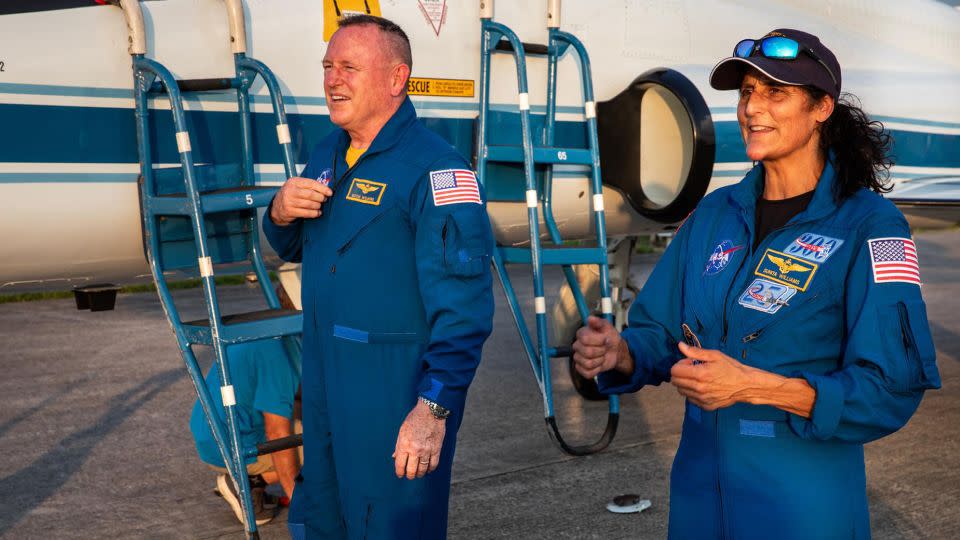

The only issue mission teams are assessing is a system called a sublimator on Starliner, which provides cooling during the launch and landing phase, Stich added.
“What that does is it creates a block of ice essentially,” he said. “And then as heat is passed into that icebox, a little thin layer of that ice turns into a vapor and that rejects heat away. We used a little bit more water than we expected.”
The team will assess data of the sublimator to learn more about how the system is functioning.
Years of development hang-ups, test flight problems and other costly setbacks have slowed Starliner’s path to the launchpad. Meanwhile, Boeing’s competitor under NASA’s Commercial Crew Program — SpaceX — has become the go-to transportation provider for the space agency’s astronauts.
When asked about the relationship between Boeing and SpaceX, long viewed as a rivalry, Mark Nappi, the vice president and program manager of the Commercial Crew Program for Boeing, said he believes others see it as a competition.
“We don’t see it as a competition,” Nappi said. “We’ve got two providers that are going up to the International Space Station and SpaceX is up there, and we’re up there now as well. So, this is something that NASA has planned and we’ve accomplished it.”
This mission could be the final major milestone before NASA deems Boeing’s Starliner spacecraft ready for routine operations to deliver astronauts and cargo to the space station.
Once Starliner is certified, the US will have two ways of reaching the International Space Station, which was why the Commercial Crew Program was started in the first place, Nelson said.
“And when we expand our fleet of spacecraft, what we’re doing is expanding our reach to the stars,” Nelson said.
Weeks of troubleshooting
A number of issues caused the previous crewed launch attempts, on May 6 and June 1, to be scrubbed.
Two hours prior to the launch attempt on May 6, engineers identified an issue with a valve on the second stage, or upper portion, of the Atlas V rocket, which was built by United Launch Alliance, a joint venture between Boeing and Lockheed Martin. The entire stack, including the rocket and spacecraft, was rolled back from the launchpad for testing and repairs.
Teams also worked through a small helium leak within the spacecraft service module, a “design vulnerability” in the propulsion system and assessed the parachutes for the Starliner capsule.
Starliner was just 3 minutes and 50 seconds from liftoff Saturday afternoon, when an automatic hold was triggered by the ground launch sequencer, or the computer that launches the rocket.
United Launch Alliance technicians and engineers assessed the ground support equipment over the weekend, examining three large computers housed inside a shelter at the base of the launchpad. Each computer is the same, providing triple redundancy to ensure the safe launch of crewed missions.
“Imagine a large rack that is a big computer where the functions of the computer as a controller are broken up separately into individual cards or printed wire circuit boards,” said Tory Bruno, president and CEO of United Launch Alliance, during a Saturday news conference. “They’re all stand-alone, but together, it’s an integrated controller.”
The cards within the computers are responsible for different key systems that must occur before a launch, such as releasing bolts at the rocket’s base so it can lift off after ignition.
During the final four minutes before launch, all three computers must communicate and agree with one another. But during Saturday’s countdown, a card on one of the computers was six seconds slower in responding than the other two computers, indicating that something was not correct and triggering an automatic hold, according to Bruno.
Over the weekend, engineers evaluated the computers, their power supply and network communications between the computers. The team isolated the issue to a single ground power supply within one of the computers, which provides power to the computer cards responsible for key countdown events — including the replenishment valves for the rocket’s upper stage, which also caused an issue during the countdown, according to an update shared by NASA.
Starliner teams reported no signs of physical damage to the computer, which they removed and replaced with a spare. The other computers and their cards were also assessed, and all of them are performing normally as expected, according to the ULA team.
For more CNN news and newsletters create an account at CNN.com

Dr. Sarah Adams is a scientist and science communicator who makes complex topics accessible to all. Her articles explore breakthroughs in various scientific disciplines, from space exploration to cutting-edge research.



